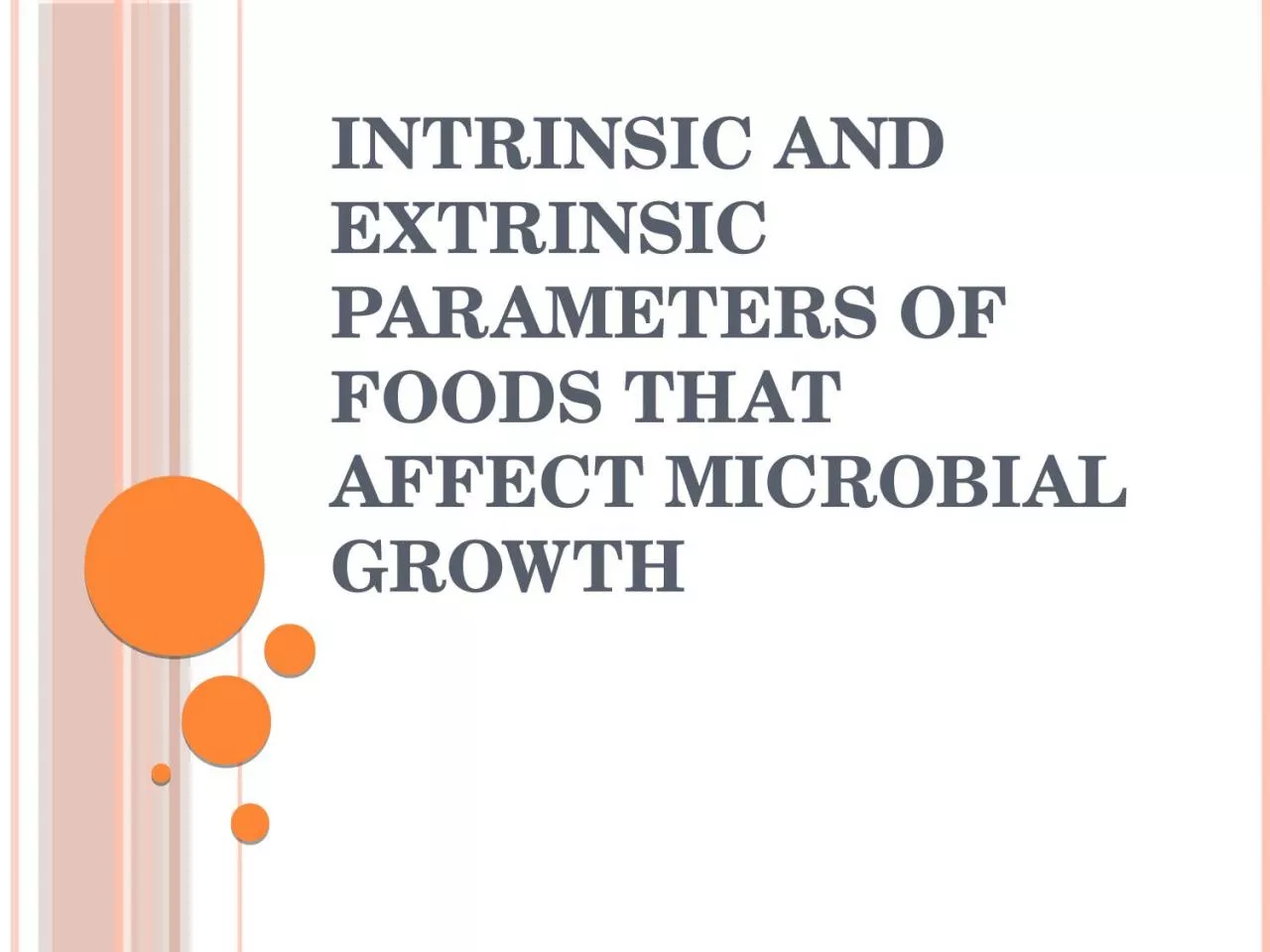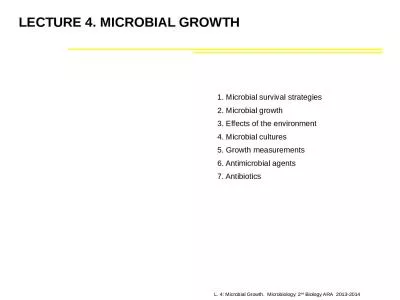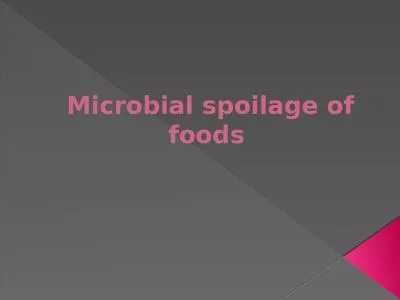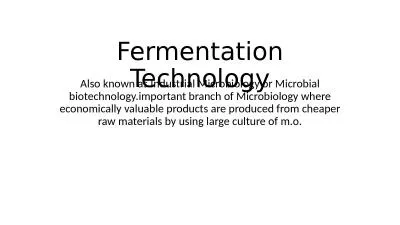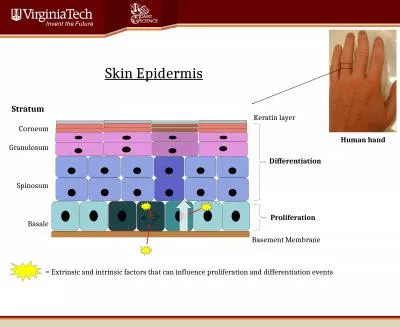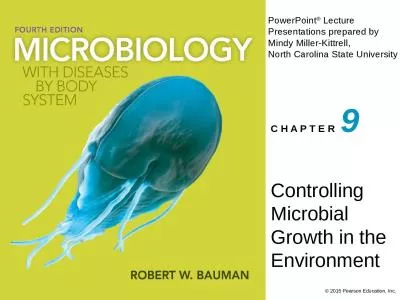PPT-Intrinsic and Extrinsic Parameters of Foods That Affect Microbial Growth
Author : mila-milly | Published Date : 2022-06-14
The ability of microorganisms to grow or multiply in a food is determined by the food environment intrinsic environment of food as well as the environment in which
Presentation Embed Code
Download Presentation
Download Presentation The PPT/PDF document "Intrinsic and Extrinsic Parameters of Fo..." is the property of its rightful owner. Permission is granted to download and print the materials on this website for personal, non-commercial use only, and to display it on your personal computer provided you do not modify the materials and that you retain all copyright notices contained in the materials. By downloading content from our website, you accept the terms of this agreement.
Intrinsic and Extrinsic Parameters of Foods That Affect Microbial Growth: Transcript
Download Rules Of Document
"Intrinsic and Extrinsic Parameters of Foods That Affect Microbial Growth"The content belongs to its owner. You may download and print it for personal use, without modification, and keep all copyright notices. By downloading, you agree to these terms.
Related Documents

